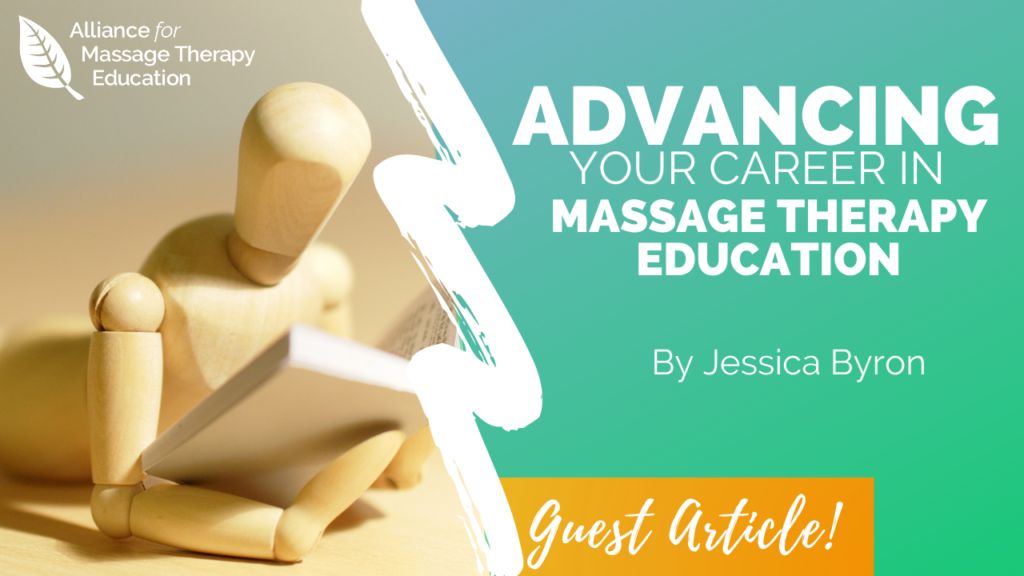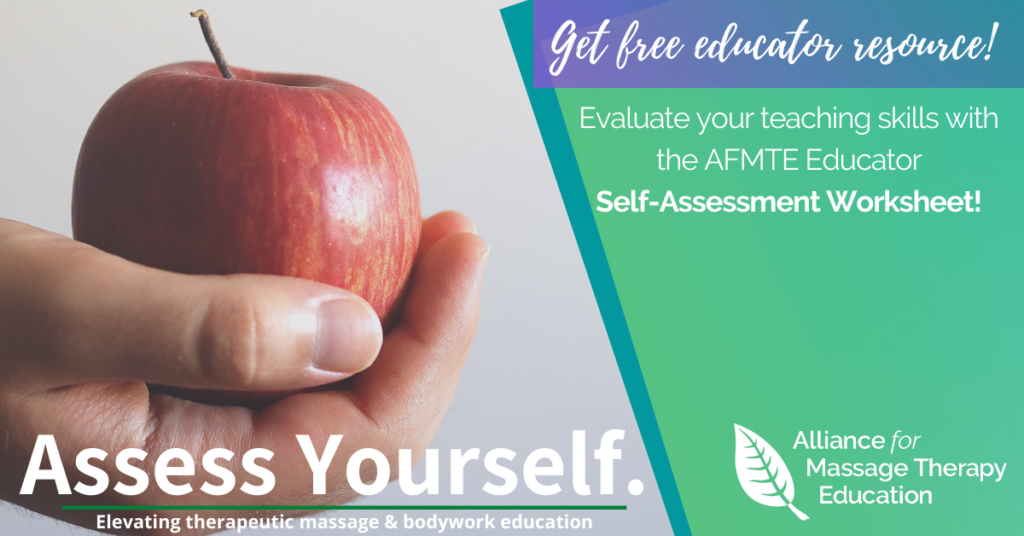
While there isn’t a corporate ladder to climb in the massage education industry, that doesn’t mean you can’t take your career to the next level. For instance, you can teach more specialized techniques or better ways to care for clients. You could also be aiming for a higher salary, which a more extensive background in massage therapy can help you achieve.
Further education could also open up whole new career opportunities, such as jobs in biology and physiology. Anatomy is a major field in both fields, and your familiarity with the subject can allow you to succeed in both. With this expertise you could also position yourself in the healthcare industry. There are plenty of careers in the nursing field waiting for you, particularly in specialist fields, which massage therapy would fall under, where salaries can reach up to $108,461/year. Moreover, massage therapists may find that they have an excellent foundation for gerontology, so they can assist the elderly and their families as they cope with age-specific health issues such as Alzheimer’s and osteoporosis.
Whatever your reasons are for deciding to advance your career, there are plenty of ways to go about it. Below are some of them.
Get professional certificates and licenses
The fastest way to earn that extra knowledge and credentials is to apply for certifications and licenses in your profession. In addition to a license, the National Certification Board for Therapeutic Massage and Bodywork (NCBTMB) can also issue a nationally recognized certification for massage therapists. An NCBTMB certificate is the highest attainable designation in the industry. To apply for an NCBTMB certification, you first have to complete 750 hours of education, including core programs (like general anatomy) and electives (like acupressure and Thai massage techniques). Then, within six months of your training, you need to have gotten at least 250 hours of professional massage experience. Only after that can you take the test.
The Federation of State Massage Therapy Boards (FSMTB) offers a licensing exam you can take too, which is accepted in at least 38 states across the country. Unfortunately, they do not offer other certificates.
Aside from that, you should also apply to become a Certified Massage & Bodywork Educator (CMBE) to increase the validity of your teaching background. We at the Alliance for Massage Therapy Education offer a portfolio-based credential that illustrates you are familiar with best practices in teaching adult learners.
Complete massage therapy and educator courses
The certificates that you get from completing courses pales in comparison to the ones above, but they are a great way to focus on subjects you want to specialize in. For instance, from reflexology to sports massage, online learning platform Udemy has many online classes you can take, depending on what you want to learn more about. Meanwhile, instructor website Teachable will help you navigate the world of online classes, allowing you to teach your profession from the comfort of your home.
The AFMTE also features an online learning platform on our website powered by MaxKnowledge. This online learning center features over 200 training courses, including some that are specific to teaching massage & bodywork. AFMTE members do receive one free course, as well as discounts on further courses. You can also check out AFMTE’s Continuing Education Course Directory for more courses.
Some schools and colleges also offer courses of their own. For example, ATI College in Norwalk offers training in 77 qualifications, including those for massage therapy. It is 18 hours long, and you need to complete it with a median time of eleven months. On the other hand, Lansing Community College in Michigan has a 40-credit hour program that teaches students a wide range of styles, including positional releases, reflexology, and therapeutic massages. The International Career Institute also offers something similar to both, except the entire program is online.
You can also watch some of Bodyology School of Massage’s videos on YouTube. The school is a world-class quality massage training center in London and they publish a lot of lessons on their channel. They won’t earn you a certificate, but their demonstrations and lectures go very in-depth, so it is a great resource for those who just want to expand their knowledge.
Check out this suggested video.
For educator courses, you can look into Michigan State University’s education website called “TeachOnline,” which, as its name suggests, offers lessons in creating online course content, course structure and design, and hybrid courses. Coursera, an online learning platform run in partnership with renowned universities, may also have some courses you might be interested in—such as Relay Graduate School of Education’s Teaching Character and Creating Positive Classrooms and the University of Cape Town’s Disability Inclusion in Education: Building Systems of Support.
Familiarizing yourself with technology in your fields
Whether it’s therapy advancements or digital tools for teaching, being familiar with technology in these fields can help you be better at your career. For instance, mechanized touch is an expanding field that’s seeing a lot of applications in therapy, rehabilitation, and assisted movement. It will never replace a professional’s skilled touch, but it can improve the experience by aiding therapists. Knowing how that works will allow you to teach more advanced techniques. Transcutaneous Electrical Nerve Stimulation and radio waves, which are used to mitigate pain, are also examples of technologies used by massage therapists.
Meanwhile, educators can take advantage of the many tech tools available in the market. Aside from digital classroom software like Edmodo and Schoology, there are also teaching tools like research program eduClipper and video production tool Animoto that can make your classes more engaging. Of course, if you teach on campus, you can adapt virtual reality and other hardware tech into your lessons. VR, in particular, has a lot of applications in medical learning. In massage therapy classes, some of the programs loaded may be projections of the human body (for anatomy classes) and “real” massage demonstrations for teaching those tricky techniques.
Here’s a great example from 3D Organon. They created the world’s first fully featured VR anatomy atlas.
For even more educator resources, consider becoming an AFMTE Member. All AFMTE members get access to our members-only Educator Resource Directory!
An extensive background in massage therapy and education can take your career to a lot of places, from securing better teaching positions in schools to becoming a certified expert in your chosen field. You can choose to specialize in one field, like acupressure, or learn about multiple fields. All in all, as long as you are willing to learn, your career can only get better.
Written by:
Jessica Byron
Do you think you have what it takes to become a Certified Massage & Bodywork Educator? Evaluate your teaching skills & ability with this free worksheet!

